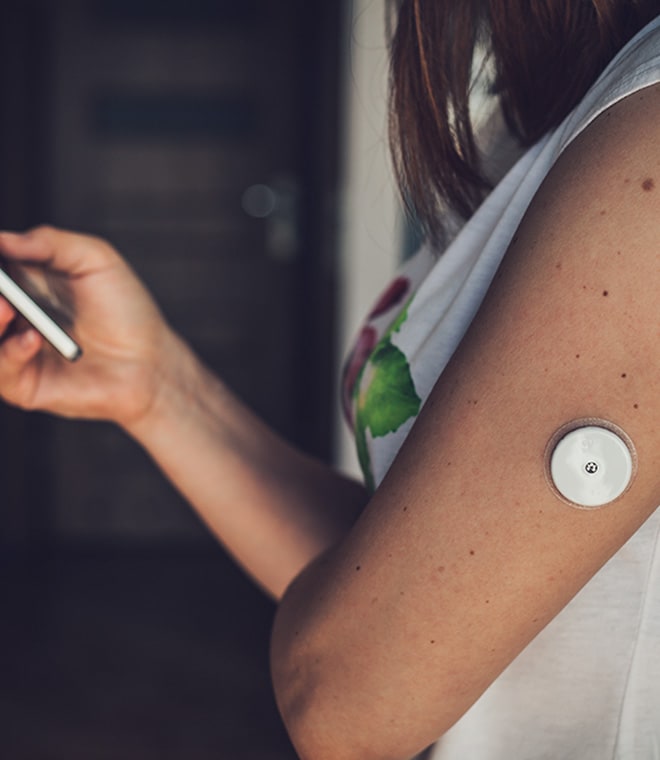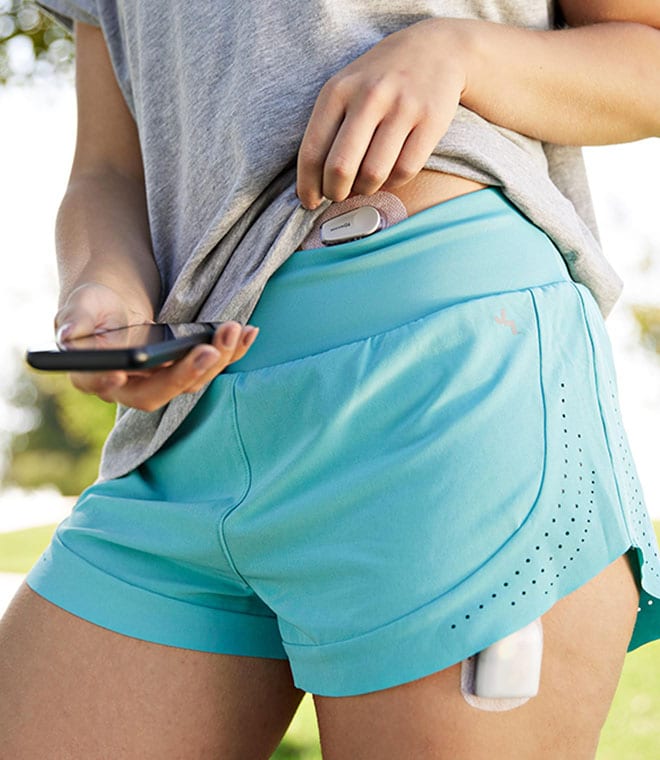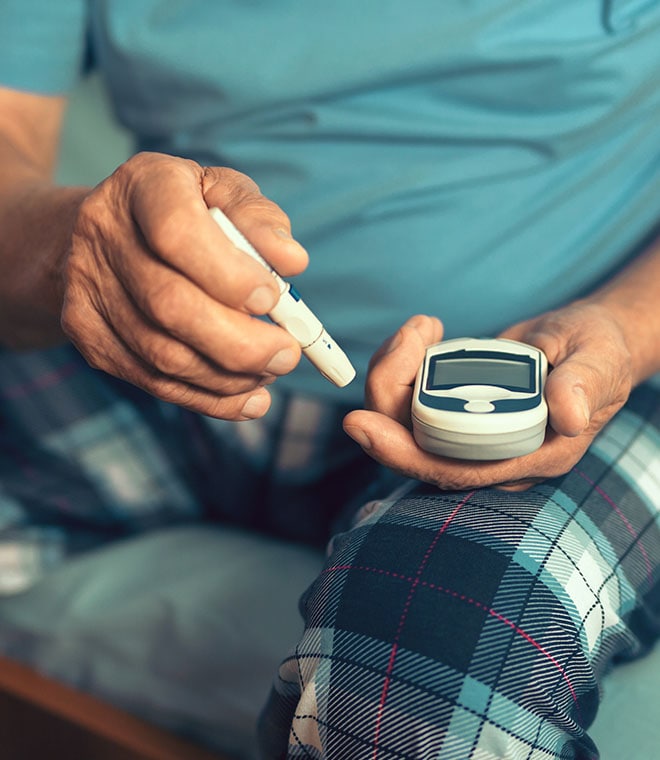Health
Continuous glucose monitoring systems (CGM) for diabetes: What you need to know | Ask Our Pharmacist
By Walgreens Nov 30, 2022 • 2 min
If you have type 1 or type 2 diabetes, keeping your blood sugar in check is the best thing you can do to stay healthy. Continuous glucose monitoring systems, or CGM, can help make checking your blood sugar a little easier, with fewer fingerstick tests. Learn more about how a CGM works.
For more information from Walgreens about CGMs, visit Walgreens.com/CGM.
Transcript
Speaker: Olga Garcia, Walgreens pharmacist:
If you have type 1 or type 2 diabetes, keeping your blood sugar in check is one of the best things you can do to stay healthy.
While monitoring blood sugar levels is important, we know it isn't always easy. Luckily, CGMs can help make checking your sugar levels a little easier with fewer fingerstick tests. Let's answer your questions about how a CGM works.
What is a CGM?
A CGM device tracks your glucose levels continuously through a tiny sensor inserted just beneath the skin. You can see your glucose level at any moment, and you can see how it changes with your medications, meals and physical activities over a few hours or a few days. If your glucose level reaches a dangerously high or low level, you'll get an alert.
How does a CGM track glucose levels in real time?
The sensor is usually inserted on your upper arm or abdomen, and it measures interstitial glucose levels. That's the sugar found in the fluid between your cells. Every few minutes, it sends the data to the reader that displays your levels. Some CGMs can send information right to your smartphone or a smartwatch. CGMs are highly accurate, and since they report glucose levels every few minutes, you'll always have a clear picture of your numbers and where they're headed without having to prick yourself all the time.
So I don't need fingerstick tests with a CGM?
You'll need fewer fingersticks with a CGM than with a standard glucose meter. For example, you'll need to do a fingerstick test to calibrate your system or if you're experiencing symptoms that do not match your system ratings.
Does it hurt to insert the CGM sensor?
Modern CGM sensors are small and relatively painless to insert. In fact, most CGM users say they only feel a slight pinch when they insert it.
How much does a CGM cost? Will my insurance cover it?
What you pay for a CGM will vary depending on your insurance or Medicare coverage. The easiest way to find out is by contacting your insurance to see if you're covered.
You can find these products and other diabetes services in the Find Care section of the Walgreens App and website, or to go to Walgreens.com/CGM to learn more.
Published December 2022.



